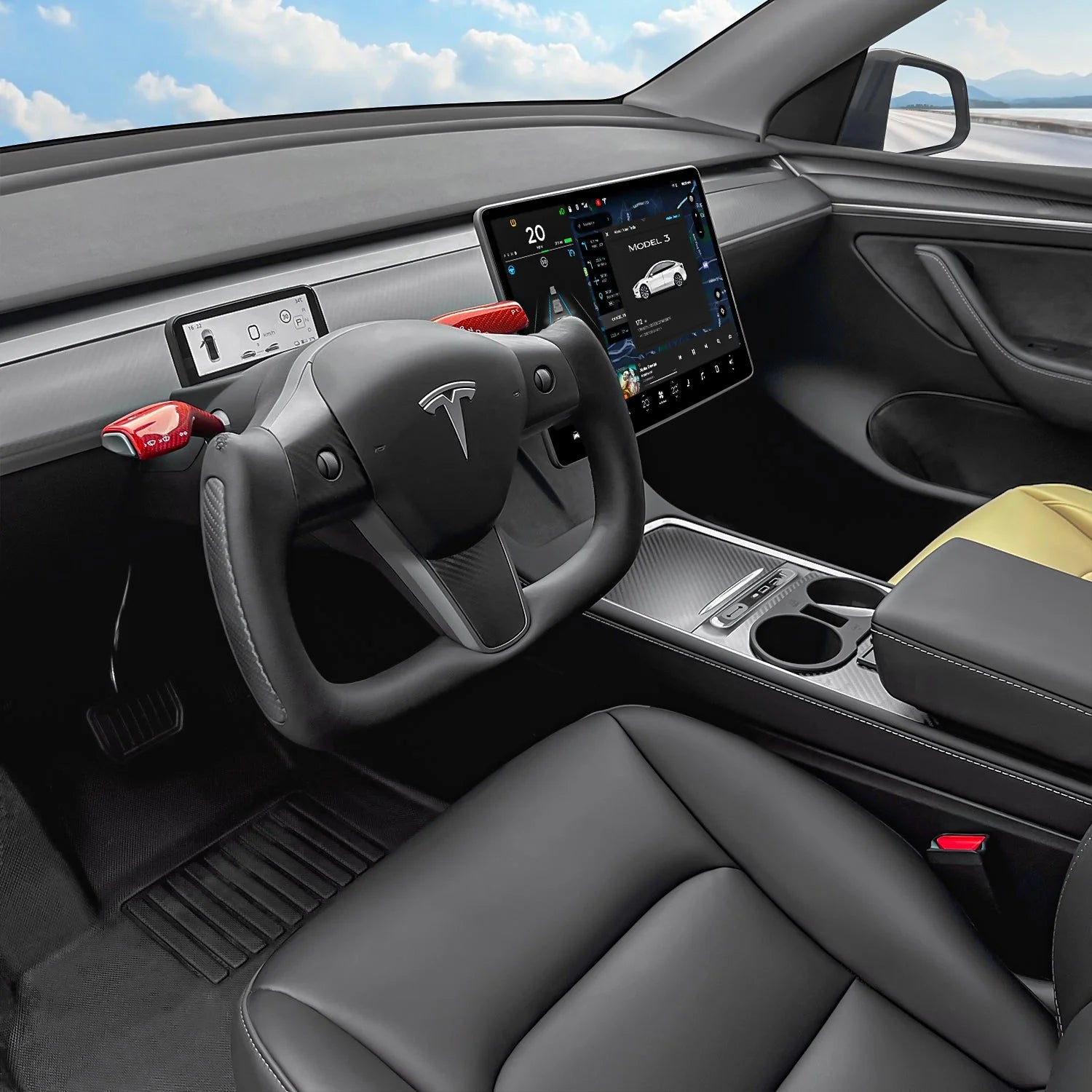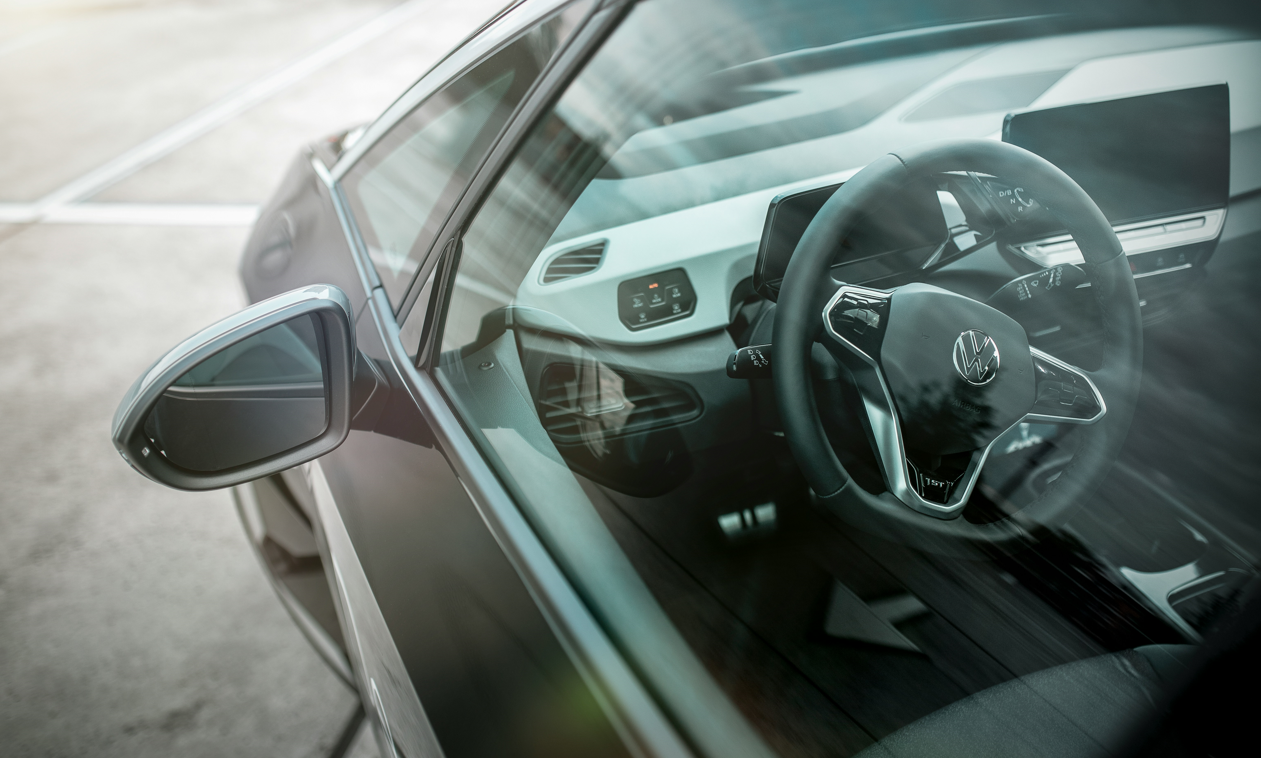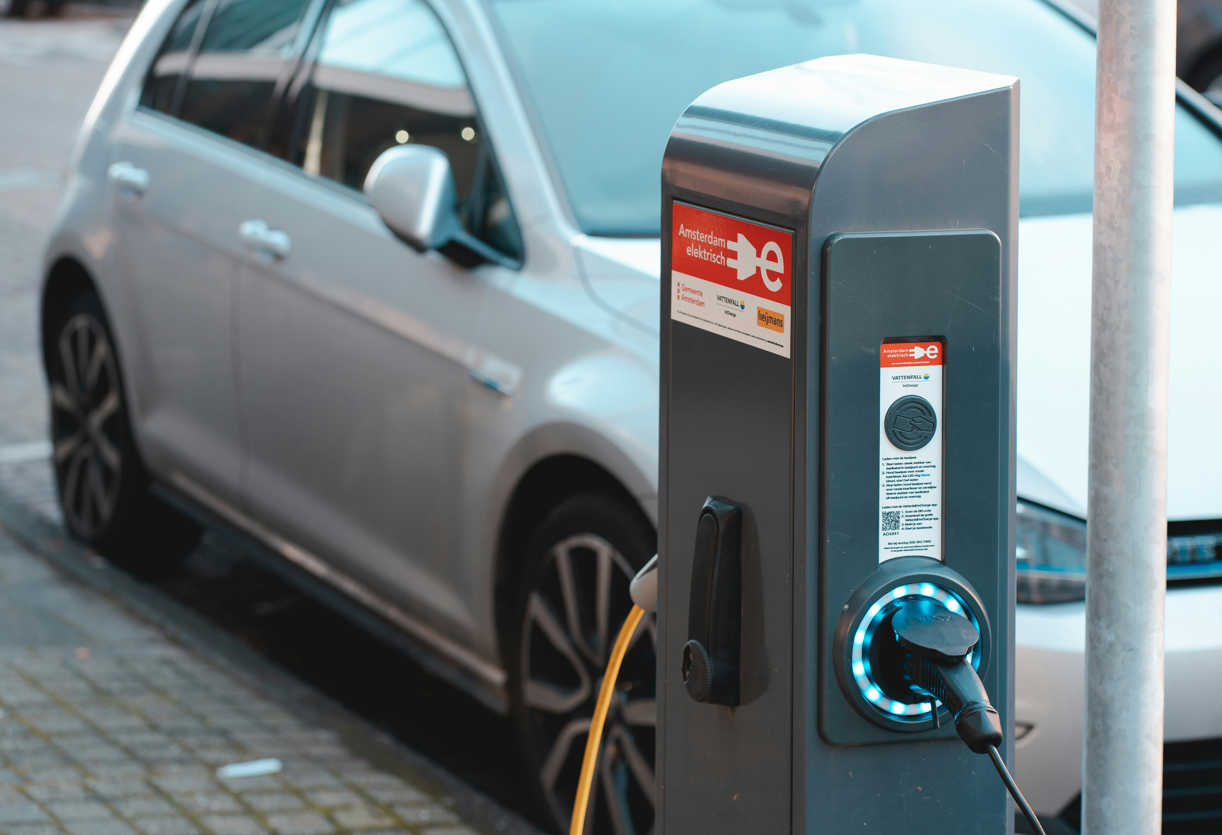Eh bien, vous êtes-vous déjà demandé comment la légende de la Volkswagen Golf résisterait à la révolution électrique ? Voici notre premier pas dans le siècle de l'éco-conduite : EeGolf.
Dans cet article, nous avons un aperçu de l’e-Golf Evolution tout en approfondissant le parcours de Volkswagen en matière d’électrification. Du début au plus tard, c’est toute la merveille électrique que vous devez connaître.
Alors, commençons.
Caractéristiques et spécifications de la e-Golf en 2024
L'e-Golf Evolution incarne les efforts de Volkswagen vers une nouvelle mobilité en étant plus respectueuse de l'environnement. Alors que le monde automobile se tourne vers l’électrique, la e-Golf en 2024 est déjà dépassée. Ses premiers débuts ont eu lieu il y a plus de 10 ans et nous pouvons déjà voir à quel point la technologie a évolué.
Parlons de la e-Golf plus en détail.
Gamme
L’e-Golf, à ses débuts, offrait une autonomie respectable pour l’époque, atteignant généralement une moyenne d’environ 125 miles avec une seule charge. Dans le modèle e-Golf 2017, ils augmentent l'autonomie à 300 miles avec une seule charge. Cependant, par rapport aux véhicules électriques plus récents, cette autonomie est insuffisante. Les voitures électriques modernes affichent souvent une autonomie supérieure à 400 miles, ce qui rend la e-Golf moins compétitive dans cet aspect.
Conception
En termes de design, la e-Golf conserve une esthétique classique qui s'aligne sur le style signature de Volkswagen. Cependant, son apparence peut être perçue comme démodée par rapport aux modèles de véhicules électriques plus récents.
Bien qu'elle conserve les lignes épurées et le facteur de forme compact caractéristiques de la gamme Golf, il lui manque les éléments de style avant-gardistes observés dans les modèles plus récents.
Aide au conducteur
La suite de fonctionnalités d'aide à la conduite de l'e-Golf, bien que révolutionnaire au moment de sa sortie, est désormais en retard par rapport aux normes contemporaines.
Des technologies de sécurité de base telles que le freinage d’urgence automatique et la surveillance des angles morts sont disponibles, mais les capacités avancées de conduite semi-autonome trouvées dans les modèles plus récents sont remarquablement absentes.
Commodité
Les fonctionnalités pratiques de l’e-Golf sont adéquates mais peuvent sembler dépassées pour les consommateurs modernes. Un système d'infodivertissement à écran tactile standard fournit des fonctions essentielles telles que la navigation et l'intégration d'un smartphone, mais l'interface peut manquer de réactivité et de fonctionnalités avancées que l'on trouve dans les systèmes plus récents.
De plus, même si l’e-Golf prend en charge la recharge rapide, ses temps de recharge peuvent être plus longs que ceux des véhicules électriques plus récents équipés d’une technologie de recharge plus avancée.
Évolution de la VW e-Golf
Eh bien, dans le cas de la VW e-Golf, rien ne change vraiment. C'est, dès le premier jour, un véhicule en constante évolution avec un parcours qui a promis le dévouement de Volkswagen en tant que leader des véhicules électriques.
Cela ressort clairement du rythme parcouru entre la génération 1 et la génération 2, depuis la prise en compte de la taille des batteries et des capacités de charge jusqu'à la puissance. Il y a une énorme amélioration de la capacité de la batterie des véhicules électriques , des capacités de charge et de la puissance.
Les détails de ces changements aideront à montrer comment ils ont contribué à faire évoluer la e-Golf vers quelque chose de meilleur et de plus efficace.
Première génération (2014-2016)
Cette e-Golf, arrivée sur le marché en 2014, était un tout nouveau modèle. Le plus important étant qu'elle représentait la première voiture électrique de Volkswagen (avec la e-Up !). Une batterie lithium-ion de 24,2 kWh garantit une autonomie élevée et uniforme, classée par l'EPA, avec une valeur de 190 km (118 miles) avec une seule charge.
Le moteur électrique lui-même fournit 115 chevaux et 199 lb-pi de couple, ce qui devrait, à son tour, donner une conduite plutôt prévisible mais énergique, compte tenu de la puissance supplémentaire de la batterie. La charge standard variait entre les chargeurs intégrés de 3,6 kW et la plupart, mais la version de base comportait une option disponible pour un chargeur intégré de 7,2 kW pour des temps de charge améliorés.
De plus, l'e-Golf était dotée de capacités de charge rapide en courant continu avec une vitesse de 44 kW, réduisant considérablement le temps nécessaire pour recharger la batterie.
En termes de prix, l'e-Golf était positionnée de manière compétitive sur le marché avec une fourchette de prix de 18 000 à 20 000 € , offrant une entrée rentable dans la mobilité électrique. La consommation énergétique du véhicule était efficace, avec un taux de 16,8 kWh/100 km, reflétant l'engagement de Volkswagen en faveur d'une conduite durable.
En termes de dimensions, la e-Golf a conservé le design compact et pratique synonyme de la gamme Golf, offrant un espace intérieur suffisant sans compromettre la maniabilité.
La e-Golf de première génération était dotée d'un freinage par récupération, d'un système d'infodivertissement à écran tactile et de toutes les fonctions de sécurité de base attendues, faisant partie intégrante de ce que présentait le reste de la gamme Golf.
Deuxième génération (2017-2021)
La deuxième génération de l'e-Golf est arrivée dans les rues en 2017, entraînant de nombreuses différences notables par rapport à son prédécesseur. Il a vu sa capacité de batterie augmenter à 35,8 kWh, ce qui a étendu l'autonomie à près de 300 km, ou 186 miles, avec un seul remplissage.
Ces améliorations répondaient à la plus grande préoccupation des propriétaires de voitures électriques : l’anxiété liée à l’autonomie. La puissance du moteur électrique a également été augmentée à 134 chevaux et 214 lb-pi de couple, offrant une expérience de conduite plus dynamique.
Également disponible sur la VW e-Golf de deuxième génération mise à jour , un chargeur embarqué désormais standard de 7,2 kW avec des charges rapides CC permettant un niveau de charge de 80 % pour la batterie en seulement 45 minutes. Sinon, les options disponibles les plus récentes incluent le régulateur de vitesse adaptatif, l'assistance de voie et un nouveau système d'infodivertissement à écran tactile de 9,2 pouces avec commande gestuelle.
De plus, la surface extérieure de l'e-Golf a également été redessinée, avec de petites touches de design sur les pare-chocs, de nouveaux phares à LED et quelques petites améliorations aérodynamiques de la carrosserie.
Comment recharger une e-Golf à la maison ?
Recharger une e-Golf à la maison est un moyen pratique de garantir que votre véhicule est toujours prêt pour votre prochain voyage.
Voici un guide étape par étape sur la façon de procéder :
Étape 1 : Choisissez le bon équipement de recharge
Charge de niveau 1 : elle utilise une prise domestique standard de 120 volts. Il semble qu'une très faible puissance fournie par cette méthode (fidèle à 4 à 5 miles d'autonomie supplémentaire par heure de charge, car charger ses batteries au-dessus d'environ 75 % de charge peut prendre inutilement du temps), compte tenu du nombre total d'heures d'inactivité du véhicule qui se produisent généralement. chaque nuit, cela pourrait constituer une forme pratique de recharge nocturne, sûrement pour les conducteurs quotidiens.
Charge de niveau 2 : La charge de niveau 2 fournit un niveau de puissance adapté pour ajouter un grand nombre de kilomètres à votre autonomie par heure – au moins 16 à 50 miles, selon votre voiture. Pour que cela soit possible, une borne de recharge de niveau 2 installée à 240 volts est la meilleure solution.
Étape 2 : Installez la station de recharge (pour la recharge de niveau 2)
Une borne de recharge de niveau 2 peut être ajoutée et utilisée avec un électricien certifié qui connaît bien le placement approprié sur votre mur pour un accès facile à votre e-Golf et les meilleures pratiques pour garer votre e-Golf.
Étape 3 : Connectez le chargeur à votre e-Golf
Branchez le chargeur de l'E-golf sur son port de chargement. Dans la plupart des véhicules, on le retrouve à l’avant de la e-Golf. Assurez-vous que la connexion est sécurisée et correcte avec les niveaux 1 et 2.
Étape 4 : Commencez à charger
Une fois connecté, il aura une recharge automatique. Il existe une barre latérale du tableau de bord e-Golf qui montre les étapes du processus de charge, comme une estimation du temps restant avant que la batterie puisse être complètement chargée.
Étape 5 : Surveiller le processus de charge
Régulièrement, le processus est disponible avec une surveillance étroite, plus facilement traçable depuis l'écran du tableau de bord d'une e-Golf ou depuis une application sur votre appareil intelligent si la borne de recharge est intelligente.
Étape 6 : Débranchez le chargeur
Après avoir arrêté la procédure de charge et avant d'emmener la VW e-Golf en voyage, il est nécessaire de débrancher d'abord le système de charge de la voiture et de la prise de courant ; puis rangez le câble de chargement EV en toute sécurité.
La e-Golf est-elle une bonne voiture ?
L' e-Golf est un choix solide pour ceux qui recherchent un véhicule électrique (VE) avec une conduite douce et silencieuse et un couple instantané pour une conduite urbaine réactive. Son autonomie améliorée et ses options de recharge plus rapides améliorent son côté pratique, même si les trajets plus longs peuvent encore nécessiter une planification.
C'est la voiture qui devrait surprendre l'étranger avec son confort, son équipement et ses technologies conviviales. Si son prix est plus élevé que celui de certains concurrents, alors les coûts de fonctionnement inférieurs et les incitations potentielles en feront facilement une voiture électrique rentable.
La VW e-Golf offrira le meilleur d'entre eux à tous ceux qui recherchent les avantages mentionnés et ajoutera de la polyvalence et du plaisir dans un ensemble qui fournira à peu près les mêmes parts qu'un bon conducteur urbain.




